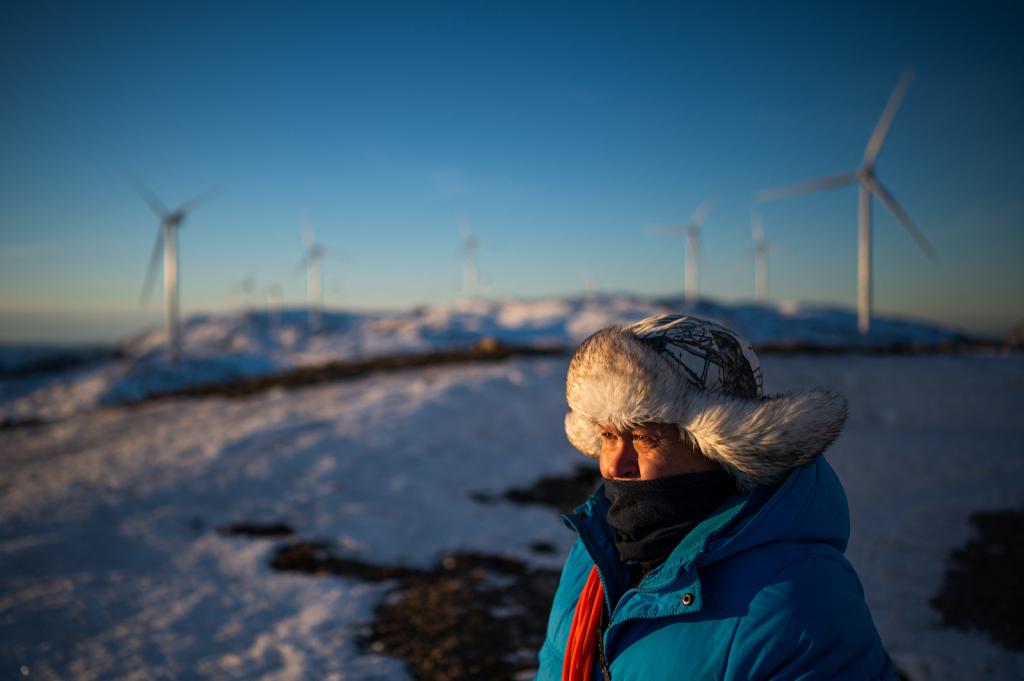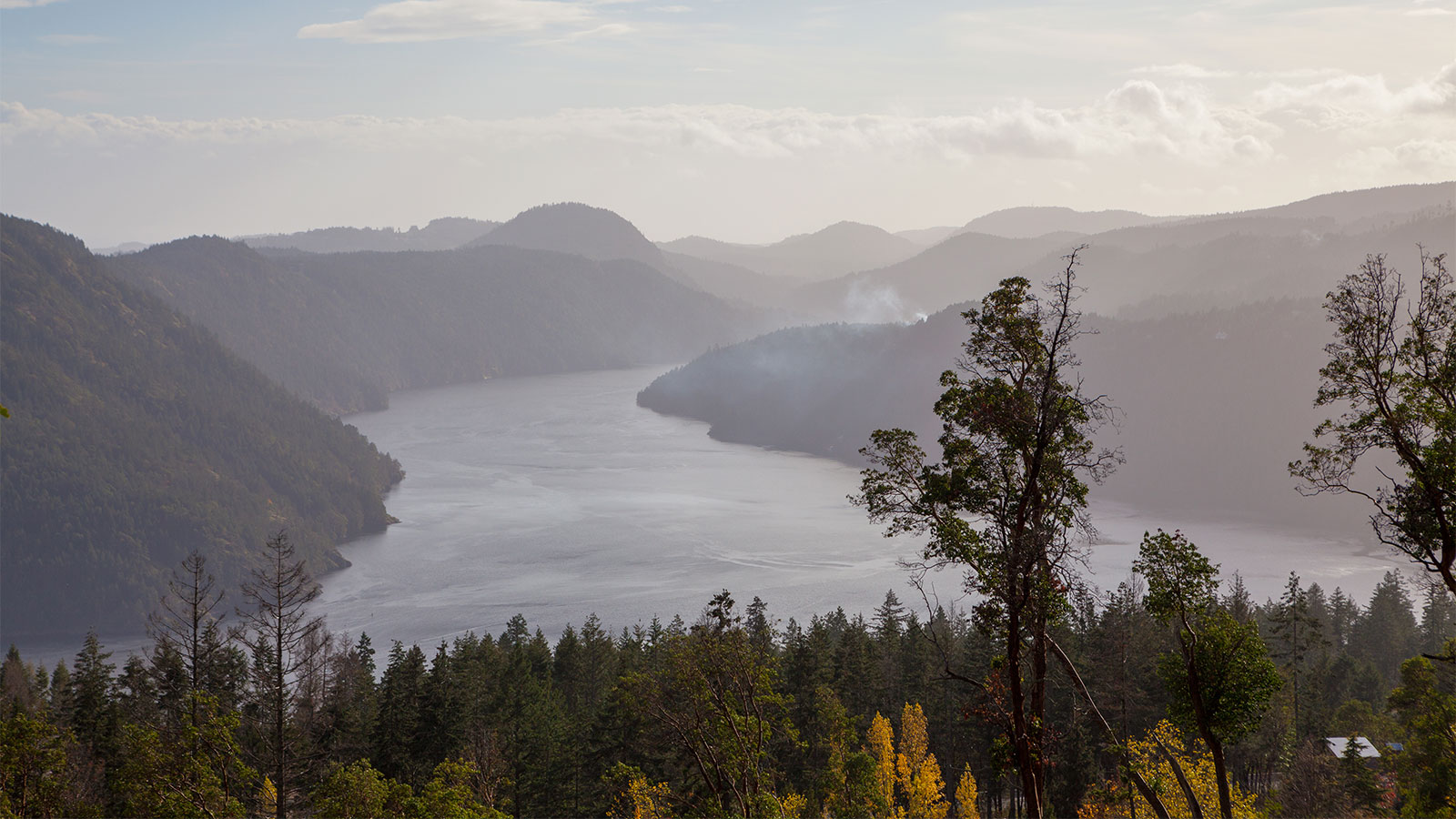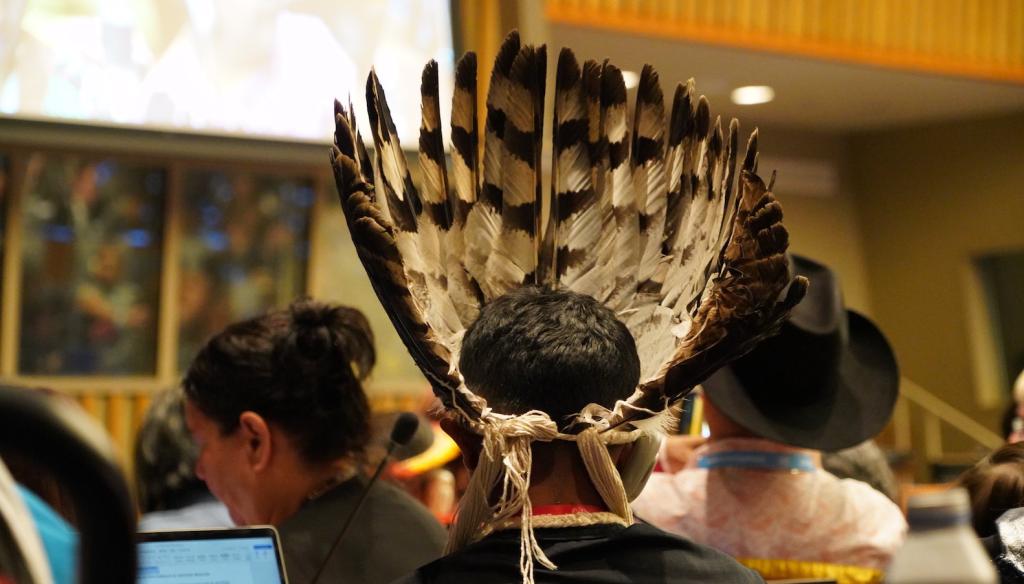Indigenous food systems and traditional land management techniques are the best options for tackling ecological restoration. However, outdated scientific models and conservative views on environmentalism have led many researchers to overlook and discount traditional ecological knowledge held by Indigenous peoples. That’s according to a new study in Frontiers.
Researchers from the Indigenous Ecology Laboratory at the University of British Columbia and the Historical-Ecological Research Laboratory at Simon Fraser University looked at two restoration efforts in St’at’imc and Quw’utsun territories and outlined a method known as “pop-up restoration” employed by environmental NGOs, extraction industries, and government agencies that offers prescriptive techniques to restore and heal land without considering local Indigenous scientific practices. Pop-up restoration, the authors suggest, comes from deeply rooted misconceptions of Indigenous livelihoods and knowledge due to long-standing, deeply ingrained prejudices and racist ideas.
According to the researchers, pop-up restoration, or restoration initiatives that don’t make their restoration goals and impose inequities on unceded and stolen lands, often overlooks traditional food systems and Indigenous histories.
In the report, the authors assessed two disturbance-restoration cycles and the ways Indigenous food systems approach restoration ecology and Indigenous land — especially when restoration erases long-standing land management and stewardship efforts.
“An Indigenous food systems lens provides a holistic approach to food production, distribution, and consumption that centers humans’ coexistence with other living beings and prioritizes a cultural-ecological equilibrium over exploitation or fixed restoration goals,” wrote the authors.
The first example comes from St’at’imc territory in British Columbia, where St’at’imc voices were ignored by the government, hunters, and ranchers while providing traditional knowledge for the restoration of lands devastated by a wildfire.
In June 2021, a heat dome in the region created record-breaking temperatures resulting in 619 heat-related deaths and creating extreme fire conditions over much of the Pacific Northwest, eventually leading to the McKay Creek Wildfire that burned about 85 miles of forest.
In response, a technical committee was created to facilitate communication among affected Indigenous and settler communities, the Canadian government, and ranchers. The St’at’imc Nation was given the opportunity to take part in the committee, and share its ideas on the best ways to restore the land.
But during the restoration process, government-led wildfire recovery in the region was largely driven by the values, goals, and priorities of only a few interest groups. Ranchers wanted to reseed much of the landscape with crop species that would introduce non-native plants, reducing native vegetation needed for the survival of mammals, birds, and other wildlife — many of which are relied on by the St’at’imc Nation.
“We observed how government policy and decision-making overlooked, and in some cases outright dismissed, St’at’imc voices, knowledge, and expertise at the table,” wrote the authors.
“Non-Indigenous hunter and rancher interests seemed to be given priority over St’at’imc values, goals, and priorities, especially when those interests were at odds.”
The authors highlight that the settler colonial history in the St’at’imc region began in the late 1850s with the Fraser River Gold Rush, which led to the establishment of cattle farming on the forests and grasslands in the area. The clearing of land for cattle, introduction of invasive species through fodder, wildfire suppression, the ownership of land by settlers, and the removal of St’at’imc peoples from their lands resulted in damage to the region, which helped the McKay Creek wildfire, the climate, and the St’at’imc people.
Overall, the authors of the study said acknowledging the effects of past and ongoing waves of colonialism, being genuinely open and flexible to evolving community needs, being familiar with past failures and wrongdoings, and understanding and having compassion for the varying levels of interest, knowledge, resources, and skills for supporting land-healing initiatives are important to the redevelopment and maintenance of lands.
“Results suggest that applying an Indigenous food systems lens to ecological restoration may provide a tangible framework for resolving some of the issues faced in top-down colonial policies common in pop-up restoration contexts,” the authors wrote.



